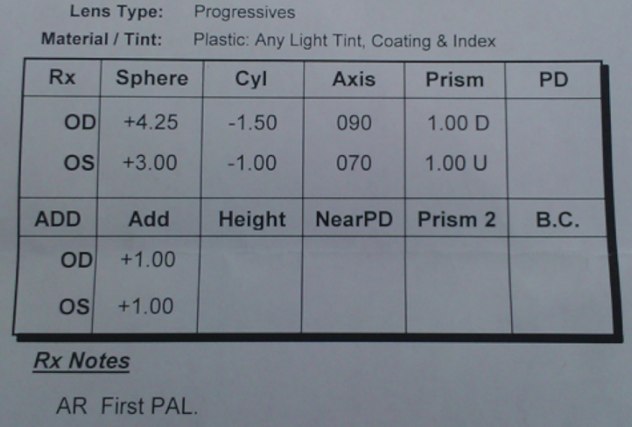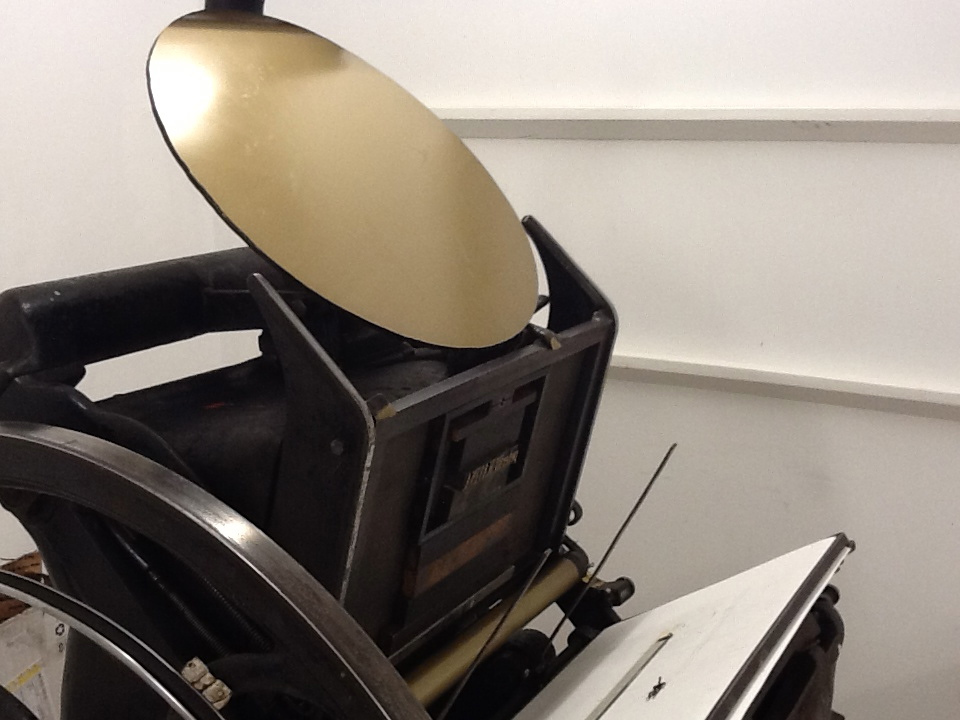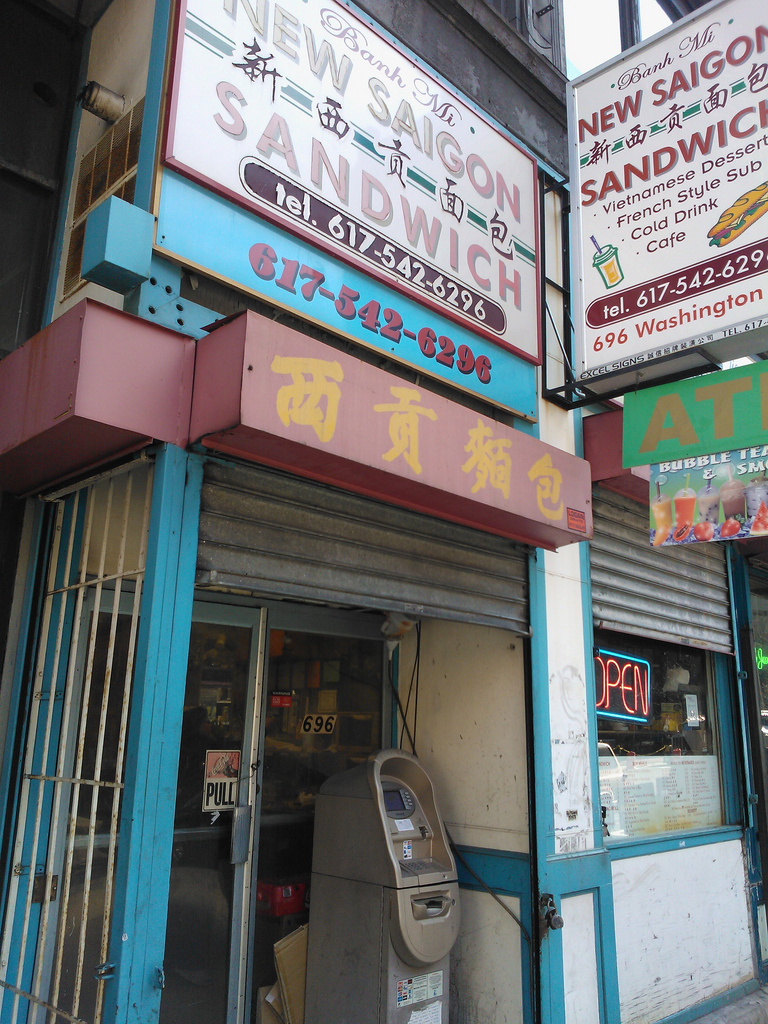In a recent blog post Stephen Fry relates, in compelling detail, several “Twitter firestorms” he has inadvertently set off. He begins:
Every now and again, what with me being what I am (a human), I find myself hurled into the teeth of some sort of twitterstorm. Either I get a bit cross with someone ( or “throw my toys out of the pram” and “have a hissy fit” as some would prefer to put it) or I tweet an opinion or experience that for some reason turns into a “story” with all the distortions, Chinese whispers, misunderstandings and embarrassments that “stories” generate.
This afternoon I’m experiencing my own version thereof, admitedly a much smaller one.
A couple of days ago I began to see tweets in my stream, hash tag #bringQtopei, advocating for the CBC Radio One program Q to visit Prince Edward Island.
I am nothing if not a cynical bastard, and among my great aversions are pandering and civic boosterism. I’m also not a fan of the wheel-and-spoke nature of the CBC that divides the country into Toronto and “the regions.” And so I’m averse to anything that seeks to enhance and celebrate that — like anthropological Royal Visits of CBC personalities out to the periphery to eat lobsters, heap praise on the local band of the moment, and then hop on the plane back to HQ.
Hence the tweet:
What’s the hash tag to use to ensure that @jianghomeshi is prevented from ever visiting Prince Edward Island?
To which Jian Ghomeshi, host of Q, good-naturedly replied, 15 minutes later:
@ruk ha. well played, sir. but two decades too late. my fam would make summer trips to PEI when i was a kid. and i loved it. (sorry!)
Touché, thought I. And then I went on with my life.
This afternoon, however, something happened: my iPad started lighting up with @reply notifications every couple of seconds, and as my original tweet spiralled further and further into the viralsphere, I became an ass, a goon, a hater, and an idiot. All of which only got worse when Jian himself tweeted:
Ouch. #StayAwayPersianBoy ? RT @ruk What’s the hashtag to use to ensure @jianghomeshi is prevented from ever visiting Prince Edward Island?
Which others misread as coming from me. And so I also became a racist.
As Stephen Fry summarizes: “Well, what does that all that tell us or teach us? Not so very much really.”
What an interesting day.

Back in 2008 I posted a photo of my eyeglasses prescription in this space, something that, the following year, stood me in good stead when I was away and needed to purchase a replacement pair of eyeglasses. In that spirit, here’s my latest prescription. If you compare to the four year old one you’ll see that I’ve moved into “progressive” lens, which I understand to be “bifocals without all the downsides.” And there are prisms and bumped up strength in one eye. In other words, it’s getting worse. But my optometrist assures me that, even if the trend continues, there’s no point at which my vision will tip beyond the ability to be corrected.

As we get used to working here in the Reinventorium, we’re getting better at adjusting the office climate. Ye olde office up on Fitzroy Street varied between too-cold and too-hot over the years, but the humidity was always pleasant. Here in the new place the heat varies betwen too-hot and much-too-hot (there’s a service call about this imminent), and the humidity is airplane-like.
To attach to metrics to this, I invested in a thermometer hygrometer combination over the weekend ($9 at Canadian Tire) and what I found was this:

That’s about 23 degrees and 24% humidity (and the temperature was lower than usual because I’d had the window open for a while).
I went back to Canadian Tire on Sunday afternoon and bought a Honeywell humidifier, one advertised as being good for “medium-sized rooms” (with no definition of what that meant), for $46 and left it running overnight. When I came into the office this morning the humidity was up to 30%, but with no signs of going any higher. The office was more pleasant, but the hygrometer was still in the “very dry” zone.
So I returned the humidifier, and found another Honeywell across the parking lot at Future Shop, for $49, that was advertised as suiting “large rooms.” It’s been running for the last 3 hours, and the humidity is now up to 42%:

It’s not quite as high as I’d like it, but 42% humidity is much, much more comfortable to work in than 24% humidity, so I’ll leave the new humidifier in place overnight and see where we’re at in the morning.
If I can get things to 45% humidity and down in the 20 degrees range, I’ll be a happy worker.
Apologies to my father for mocking his seeming obsession with humidity when I was a kid: our house was full of hygrometers and humidifiers and dehumidifiers and I believe there may have been graph paper involved at times. I had no idea what the fuss was all about. Now I do.
When I was in Boston a few weeks ago I found a small tube of gold letterpress ink at Cambridge Paper Source at Porter Square. It was an accessory for a hobby printing kit, but I saw no reason I couldn’t use it a la carte so I invested. And tonight I took it out for a ride:

I printed up a couple of dozen on 4”x6” ruled index cards I bought this afternoon at Lawton’s. The effect was less “oh my God, I printed solid gold letters!” than I would have imagined in my dreams but it was still satisfying. I was surprised to find that there’s more black in gold than I would have thought (which probably doesn’t surprise anyone with a rudimentary knowledge of colour theory, which I lack).
It was pleasing to see the ink disk in its seeming solid-gold glory, if only for an hour or so:

With a larger typeface and some meatier paper, I think I could create something really interesting with the gold ink; letterpress being letterpress, I only used about a fingernail’s worth tonight, so there’s plenty left.
If you need your memory jogged as to the source of the quote, see:
The PEI Bluegrass & Oldtime Music Society organized a concert this Sunday afternoon at the Benevolent Irish Society Hall in Charlottetown and so that’s where Oliver and I spent the afternoon, listening to tunes, eating too many cookies, and enjoying the company (we were, by far, the youngest two people in the audience). Here are three tracks, one from the Misfits, one from a six-piece all-start combo whose name I missed, and one from Something Fishy.
Watch the society’s website for future events, and if you’re a fan of the sweet mournful sounds of bluegrass, be sure to head to Rollo Bay the second weekend of July for the 27th Annual PEI Bluegrass & Old Time Music Festival.
After lollygagging for almost a month, I finally got around to packaging up and mailing the ill-fated “Concentration” cards out to a random group of 22 Mail Me Something subscribers yesterday. I wrapped each set in strips of acetate (purchased from the discount bin at The Scrapbook Studio) and then slipped them into invitation-sized oliver-coloured envelopes (from the discount bin at Rugg Road Paper Company). Even with the thinkness of the cards, the resulting envelope was still within the standard lettermail specifications, so to mail them all was only $20.

The packs are now off to points in Germany, Denmark, Taiwan, the USA and Canada.
Every Tuesday morning Michael Pendergast, aka “The Music Man,” has a session for young kids in the theatre here at The Guild, right next to our office. The walls are thin here, and so this means that every Tuesday morning we are treated to the sounds of happy children and accordion music. You might think this would be annoying and would interfere with being in the zone. But it isn’t and it doesn’t. I think Jane Jacobs would be happy.
My eyes were first opened to the wonders of Bánh Mì by Peter Bihr, who pointed to Babanbè in Berlin, which happened to be just around the corner from Betahaus where I was working last summer. I enjoyed several excellent sandwiches there, and in the process got hooked on the spicy goodness in a way that stuck deep in the recesses of my head.
And so in Boston over the weekend I resolved to seek out some local Bánh Mì, and, with the help of the web, this ended me up at New Saigon on Washington Street in Chinatown. Without the backstopping of the web-ravings, New Saigon is a place I’d never organically wander into; but looks deceive: the $3.25 tofu sandwich was full of all the snap and crackle I remembered, and the pineapple bubble tea I got along with it was a perfect accompaniment. Recommended.

“I scanned a QR code on the back of David Weale’s car to go to his website.” (Said website is here).

On the wall at Beijing Restaurant in Charlottetown are two facsinating charts: on the left is a chart showing foods you should eat together; on the right is a chart showing foods you shoul not eat together.

So, yes to “pineapple and pork,” yes to “mushrooms and cauliflower,” but no to “bananas and sweet potatoes,” and no to “carrots and parsnips.” I think the right-hand chart also suggests that you shouldn’t eat garlic-flavoured dog, but I might be misreading that.
 I am
I am